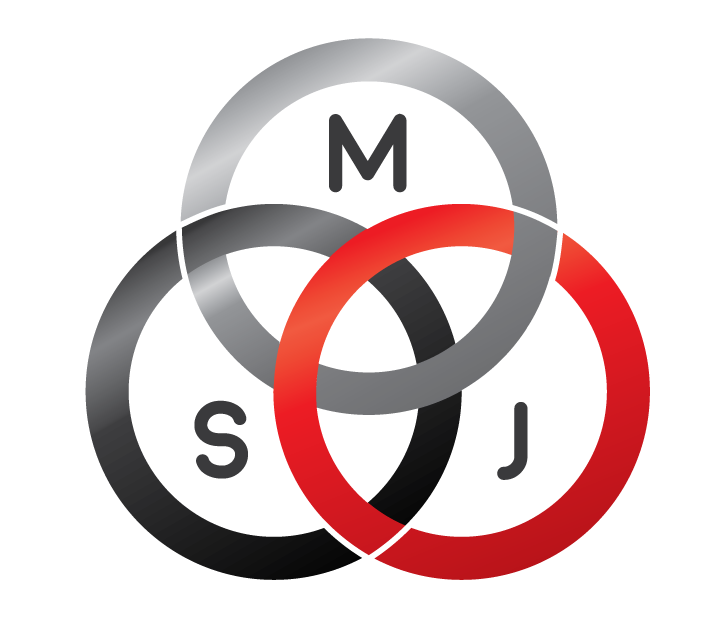Sciatica
The sciatic nerve is the longest nerve in your body running from your pelvis, through your hip area and buttocks and down each leg. The sciatic nerve branches into smaller nerves as it travels down the legs providing feeling to your thighs, legs, and feet as well as controlling many of the muscles in your lower legs. The term “sciatica” refers to pain that radiates along any of the paths of this nerve.
Sciatica is actually a sign that you have an underlying problem putting pressure on a nerve in your lower back. The most common cause of this nerve compression is a bulging or herniated lumbar disc. Piriformis syndrome is another common cause of sciatica. The piriformis is a muscle that lies directly over the sciatic nerve. If this muscle becomes tight or if you have a spasm in this muscle, it puts pressure directly on the sciatic nerve.
How do I know if I have Sciatica?
Pain that radiates from your lower (lumbar) spine to your buttock and down the back of your leg is the hallmark of sciatica. Numbness, tingling, and muscle weakness in the affected leg may accompany sciatica. This pain can vary widely, from a mild ache to a sharp, burning sensation or excruciating discomfort. Sometimes it may feel like a jolt or electric shock. Sciatic pain often starts gradually and intensifies over time. It’s likely to be worse when you sit, cough or sneeze.
How is Sciatica treated?
The vast majority of the time, sciatic pain can be relieved through a combination of Spinal Decompression Therapy, Chiropractic alignment, stretches, deep tissue release of the piriformis muscle.
